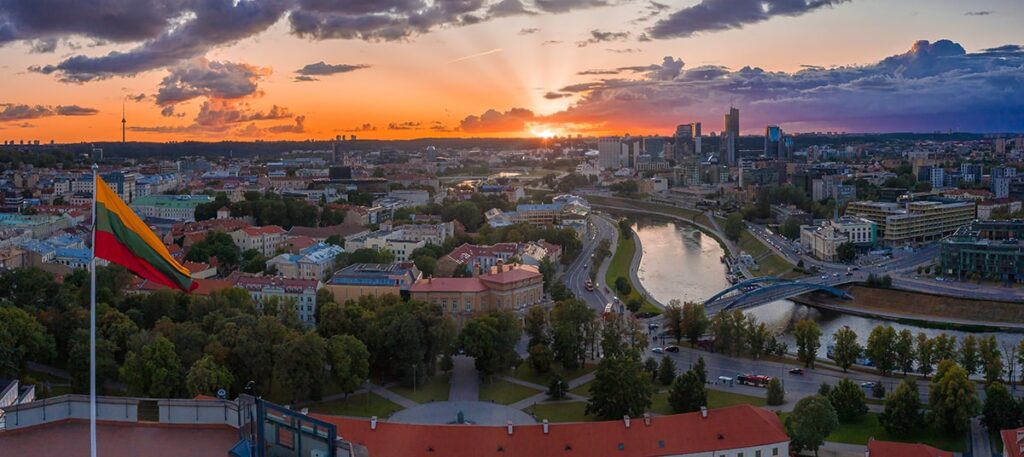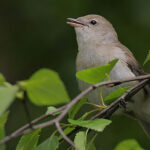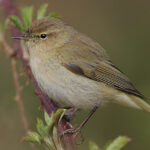1. Lietuva: In Lithuanian, Lithuania is called ‘Lietuva’
2. Easter: In Lithuania, it’s not the Easter Bunny that brings eggs at Easter; it’s “Easter Grandma”
3. National sport: The national sport in Lithuania is basketball and the Lithuanian national team is one of the best in the world. Several Lithuanian basketball players have played in the American NBA league
4. Christianity: In 1387, Lithuania was the last country in Europe to be converted to Christianity by the Grand Duke Jogaila. This happened after the Crusaders and the Livonian Order had been trying to convert the pagan population for more than 100 years
5. Pagan traditions: Although Lithuania has been a Christian country for hundreds of years, there are still several pagan traditions that live on. Some of these are even part of Christian rituals and events
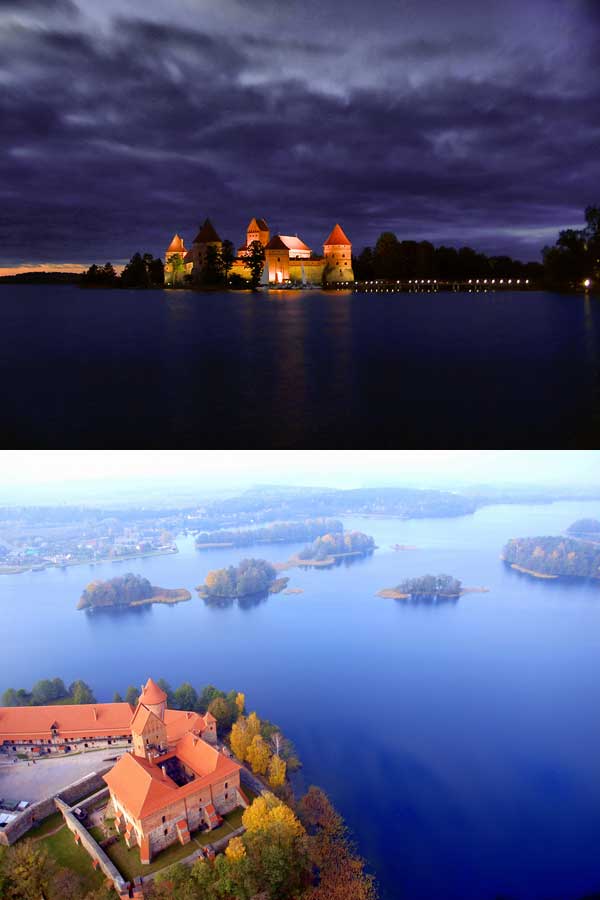
Fact: The town and castle of Trakai are some of the most popular tourist destinations in Lithuania due to their scenic surroundings and close proximity to the capital Vilnius
6. Former great power: In the 14th century, Lithuania was one of the largest countries in Europe and included present-day Belarus and Ukraine, as well as parts of Poland and Russia
7. The Baltic chain: On August 23, 1989, Lithuania was part of the Baltic Chain; a demonstration against the Soviet Union’s then occupation of Estonia, Lithuania and Latvia. During the demonstration, around 2 million people joined hands and formed a 600 km long chain that stretched through all three countries
8. National perfume: Lithuania is the only country in the world to have a national perfume; The Scent of Lithuania. The perfume can be used on the body, but is actually intended for the home. The scent is said to contain the entire history of the nation
9. Nature: Around 1/3 of Lithuania is covered by forest. The landscape is generally characterized by low-lying wetlands with many small lakes
10. National bird: Lithuania’s national bird is the stork, with a relatively high number of storks found outside of urban areas
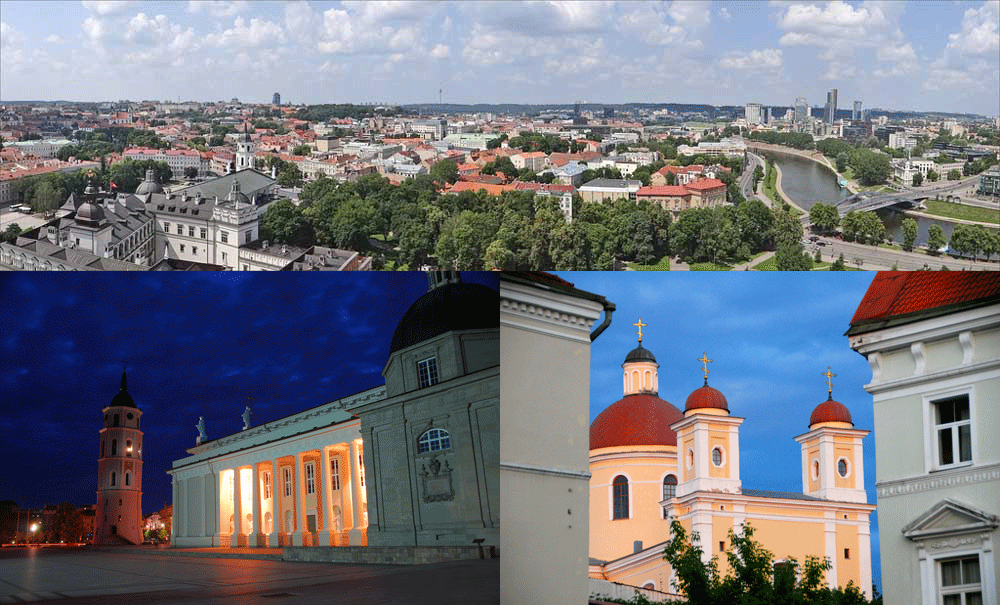
The capital of Lithuania, Vilnius, is home to approximately 535,000 inhabitants and is the largest city in the country

